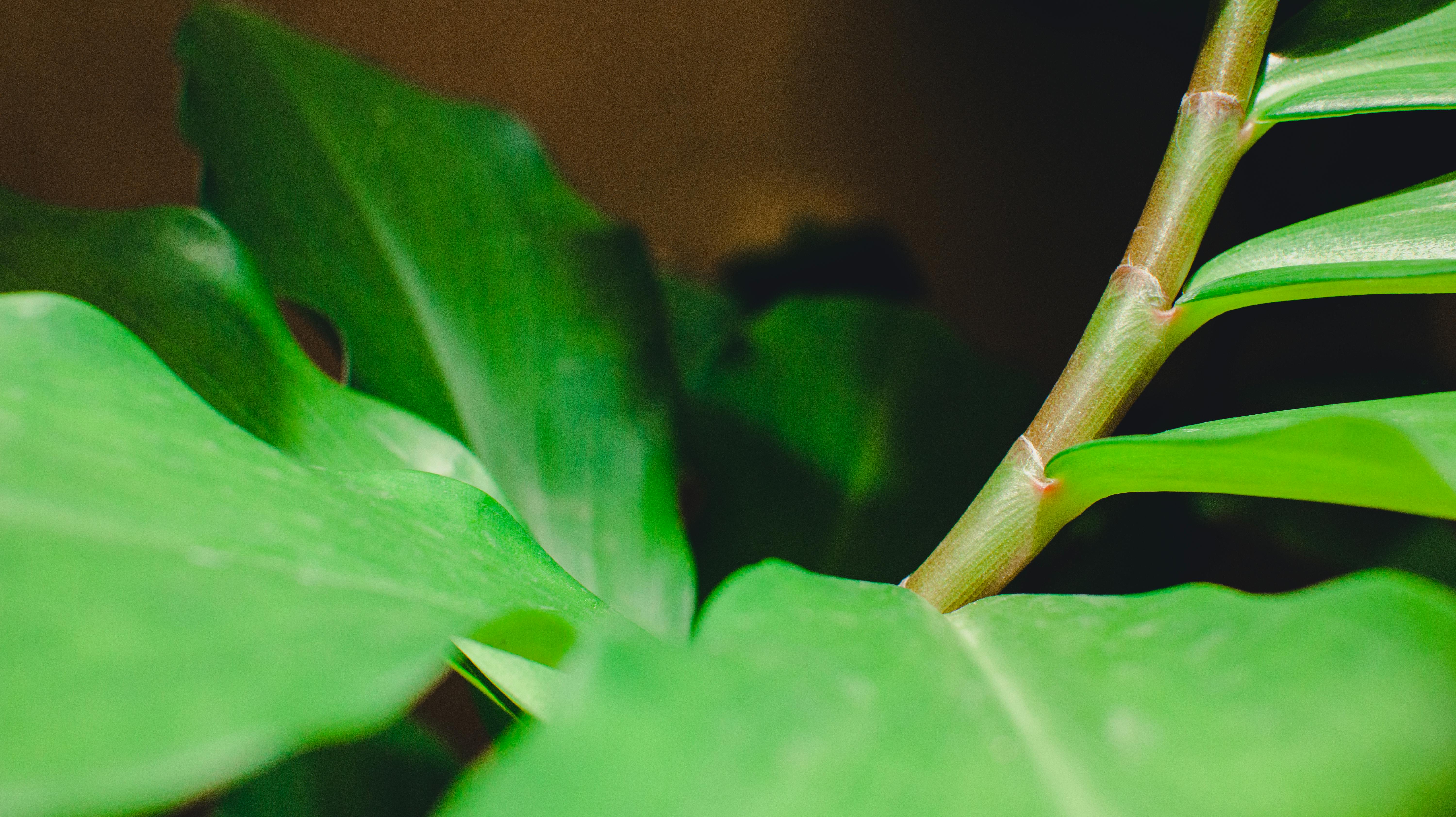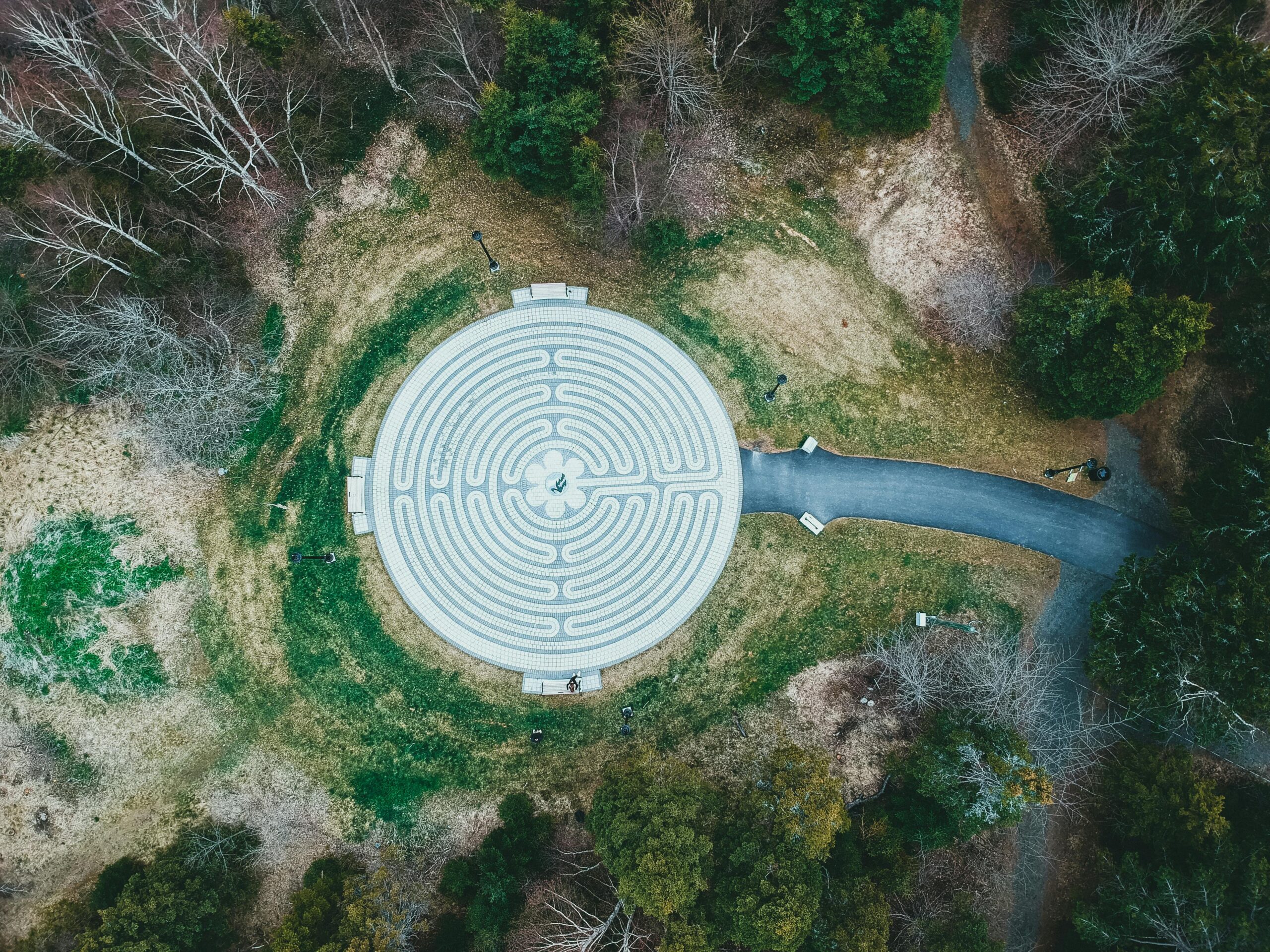Gestalten Garten: Creating Your Dream Garden Space
Understanding the Basics of Garten Gestaltung
Gestalten Garten, or garden design, is the art of shaping and enhancing your outdoor space to reflect your personal style while also promoting functionality. A well-designed garden not only enhances the aesthetic appeal of your property but also creates a serene environment for relaxation and leisure. To begin your journey in gestalten garten, it is essential to consider several fundamental aspects such as layout, plant selection, and the incorporation of various features. Understanding your needs and the specific characteristics of your outdoor space will provide a solid foundation for your design.
Evaluating Your Space for Optimal Design
Before diving into the specifics of gestalten garten, take a step back and evaluate the area you have to work with. Assess factors such as sunlight exposure, soil quality, existing structures, and the natural landscape. Each of these elements can significantly influence your design choices. For example, if your garden receives ample sunlight, you might opt for a variety of flowering plants that thrive in such conditions. Conversely, shaded areas may benefit from ferns and other shade-loving plants. By understanding your space, you can tailor your garden design effectively. 
Selecting the Right Plants
The selection of plants is a crucial component of gestalten garten that impacts the overall beauty and ecological balance of your space. Consider incorporating native plants, which tend to require less maintenance and are more resistant to local pests. Additionally, think about the blooming seasons; a mix of perennials and annuals can ensure that your garden is vibrant throughout the year. Always remember to pair plants of similar water and light requirements to create a harmonious garden environment.
Incorporating Features to Enhance Your Garden
Additions like pathways, seating areas, and decorative elements can significantly elevate your garden’s design. Thoughtfully placed stone pathways can guide visitors through your garden, creating an inviting atmosphere. Similarly, seating areas can act as a focal point for relaxation and social gatherings. Consider including benches, hammocks, or even a fire pit surrounded by flowers — encouraging a serene escape or a lively gathering spot.
Creating Pathways and Access Points
Pathways are essential for both aesthetic appeal and practical access in gestalten garten. They guide the flow of movement and can define different areas within your garden. Use materials like mulch, gravel, or stone to create pathways that are visually appealing while also functional. For example, stepping stones can create whimsical pathways through flower beds, while gravel paths can provide a rustic charm. Be sure to maintain a natural flow, allowing easy movement from one area to another while enjoying the surrounding beauty. 
Adding Decorative Elements
Decorative elements contribute to your garden’s uniqueness. Incorporate features such as bird baths, trellises, or ornamental stones to add character and visual interest. Additionally, garden sculptures can serve as focal points and provoke curiosity. Think about incorporating natural materials like wood or stone that blend seamlessly with your garden’s aesthetic. Seasonal decorations can also be an exciting way to keep your garden feeling fresh and inviting throughout the year.
Maintaining Your Garden: Key Practices
Maintenance is essential for keeping your garden looking its best and ensuring that plants thrive. Develop a regular schedule for watering, pruning, and fertilizing plants to promote healthy growth. Pay attention to pest control, opting for organic methods whenever possible to keep your garden eco-friendly. Moreover, regularly inspect your garden for any signs of diseases or distress among plants, which will allow for timely intervention and care.
Creating a Maintenance Schedule
To keep your garden thriving, establishing a maintenance schedule is imperative. Determine the optimal times for watering and fertilizing based on the seasons and specific plant requirements. For instance, some plants may thrive with bi-weekly watering, while others may require more frequent attention during hotter months. In addition, scheduling regular checks to prune, deadhead, and remove weeds can prevent them from competing with your plants for nutrients and water.
Implementing Sustainable Practices
As you gestalten garten, consider adopting sustainable practices that benefit the environment. Using organic fertilizers and compost can significantly improve soil health without introducing harmful chemicals. Additionally, implementing rainwater harvesting systems can provide a practical solution to irrigate your garden while reducing water waste. Lastly, planting a diverse range of species can promote biodiversity and attract beneficial insects, ultimately supporting a healthier garden ecosystem.
Key Takeaways
- Evaluate your garden space thoroughly before starting the design process.
- Select plants that are suitable for your environment and maintenance level.
- Incorporate functional features such as pathways and seating to enhance usability.
- Maintain a regular garden care schedule to ensure plant health.
- Adopt sustainable practices to promote environmental health while gardening.
FAQ
1. What are some popular garden design styles?
There are numerous garden design styles to explore, ranging from modern minimalist to traditional cottage gardens. Each style offers a unique approach to aesthetics and functionality. For instance, contemporary designs feature clean lines and geometric shapes, while cottage gardens are known for their wildflowers and seemingly chaotic charm. Consider what style resonates with you the most, and tailor your gestalten garten accordingly.
2. How can I make my small garden feel larger?
To create an illusion of space in a small garden, consider implementing vertical gardening techniques, such as wall planters or trellises. This approach draws the eye upward and utilizes space more efficiently. Additionally, using lighter colors in plant selection and garden decor can help open up the area, making it feel more inviting and expansive.
3. What should I consider when choosing garden furniture?
Selecting the right garden furniture involves considering both functionality and style. Think about the material; options like wood, metal, or synthetic wicker vary in durability and aesthetics. Furthermore, consider the scale of the furniture in relation to your garden size. Furniture that is too large can make the space feel cramped, while appropriately sized pieces offer comfort without overwhelming the area.
4. How often should I water my garden?
The frequency of watering can depend on various factors including plant type, weather conditions, and soil moisture levels. Generally, it’s better to water deeply and less frequently rather than frequent light watering. During hotter months, aim to check the soil moisture regularly and adjust your watering schedule based on the needs of individual plants.
5. What are the benefits of native plants in garden design?
Native plants are adapted to the local climate and soil conditions, making them low-maintenance and resilient against pests and diseases. By incorporating native plants in your gestalten garten, you not only create a sustainable environment but also support local wildlife and biodiversity, which is increasingly crucial in our rapidly changing ecosystems.
